Data is one of the most important assets that every enterprise and organization holds worldwide. The collected data is extremely helpful for connecting the dots and predicting the future, which can help the teams refine the strategy and boost productivity and profitability. A database system is used to collect and store the information generated from deployed websites.
A database for website applications allows for the storage and management of application-related data in real time. Database management systems (DBMS) define, store, retrieve, and manage data in a database. A DBMS can overall increase the speed and performance of your website.
Since a DBMS system stores the most confidential information, it is essential to consider the safest and most secure DBMS system for web applications.
Different types of database management systems are available to meet the unique demands of every business. Here are the major types of DBMS solutions for your reference:
1. RDBMS
Relational Database management Systems (RDBMS) have emerged as a central pillar of contemporary data management solutions, which are applicable to numerous applications. This type of database is normally referred to as SQL DBMS, which organizes structured data into rows and defines relationships by the column values.
2. NoSQL DBMS
NoSQL DBMS is designed to deal with the high volume of unstructured data. NoSQL DBMS can be further divided into several types, including:
-
Document DBMS (DoDBMS): Document-based DBMS such as MongoDB and Azure Cosmos DB.
-
Columnar DBMS (CDBMS): The columnar DBMS are represented by Apache HBase and Apache Cassandra.
-
Graph-oriented DBMS: Graph-type DBMSs, such as GraphDB and Neo4j.
-
Key-value DBMS: A key-value DBMS, such as Memcached and Redis.
3. NewSQL DBMS
This type of database blends RDBMS with NoSQL. It ensures data consistency by enabling the ACID transaction properties (atomicity, consistency, isolation, and durability).
4. Multimodel DBMS
Multimodel databases can store, index, and query several sets of data in more than one model. OrientDB, MarkLogic, ArangoDB, and Azure Cosmos DB are a few of the top multi-model database management system examples.
5. In-memory database management systems (IMDBMS)
The main memory of the computer is used by these DBMS to store, manage, and alter data. Direct memory access can result in simpler processes, quicker reactions, and improved performance.
Here are the top 15 DBMS used globally in 2024, their features, and their popularity in the industry:
1. Oracle Database
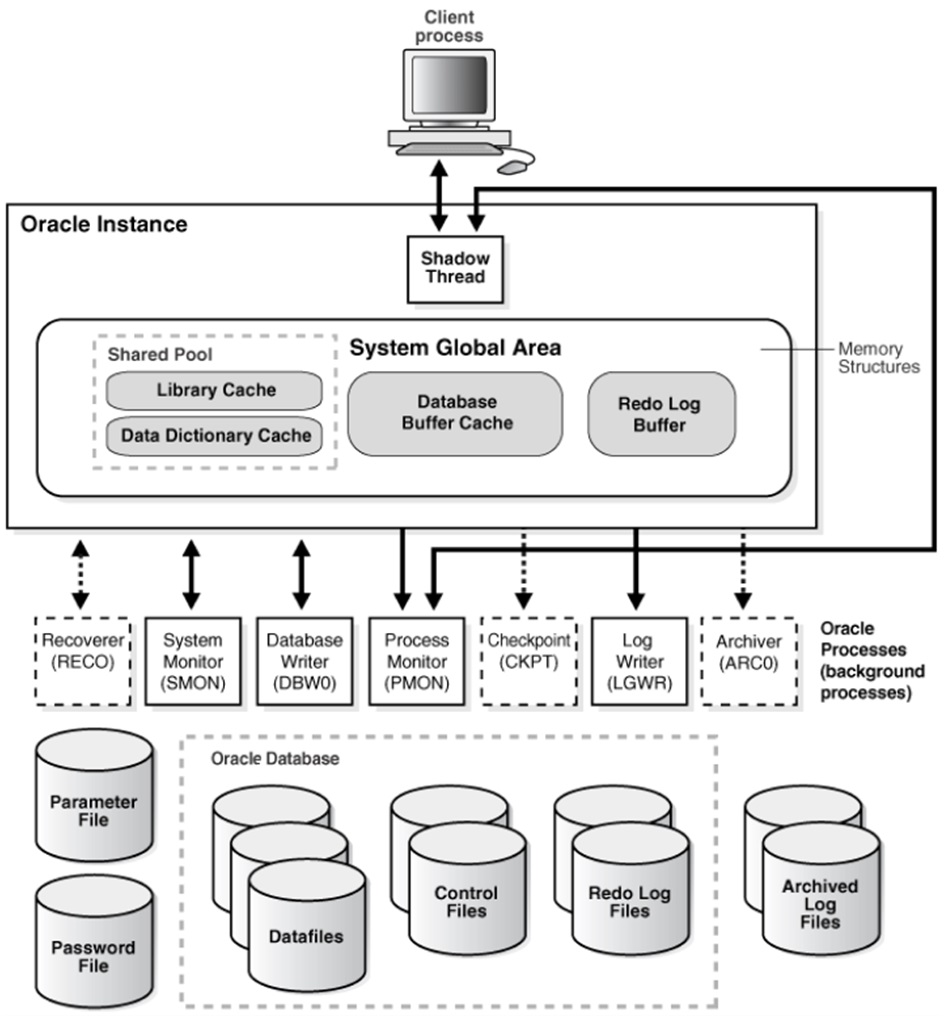
Oracle Database is a proprietary multi-model database management system developed by Oracle Corporation. It provides a complete data management solution along with the latest features, such as advanced security, high availability, and in-memory processing. The Oracle Database has been the preferred platform for large enterprises due to its capability of managing high data volumes, running online transaction processing, data warehousing, and mixed database workloads.
Features
-
Oracle database supports JSON and SQL
-
Enables PDF and key-value storage
-
Allows data backup and restoration
-
Offers support for a variety of platform
2. MySQL
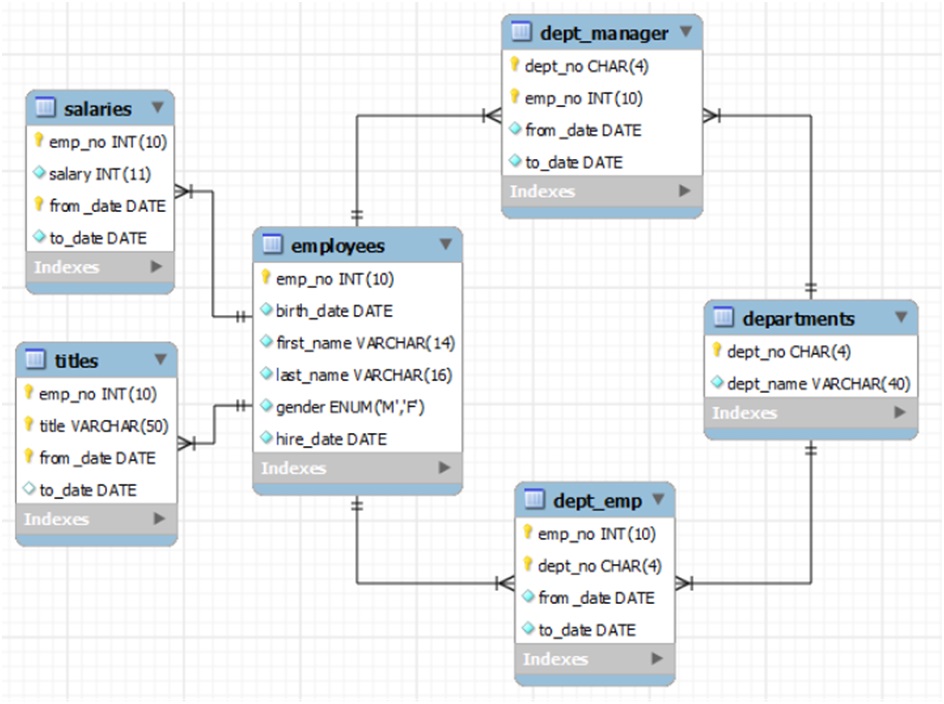
MySQL is an open-source relational database management system that is well-known for being simple, fast, and user-friendly. It belongs to the group of databases that perform brilliantly for web applications and work smoothly with almost all programming languages. Small and medium-sized businesses widely adopt it because it is cost-effective and works on all platforms and operating systems.
Features
-
Types of RDBMS
-
Supports SQL (structured query language)
-
Offers best sorts of transaction, indexing, and data replication features
-
Access to a large community, which keeps it bug-free and updated
3. Microsoft SQL Server
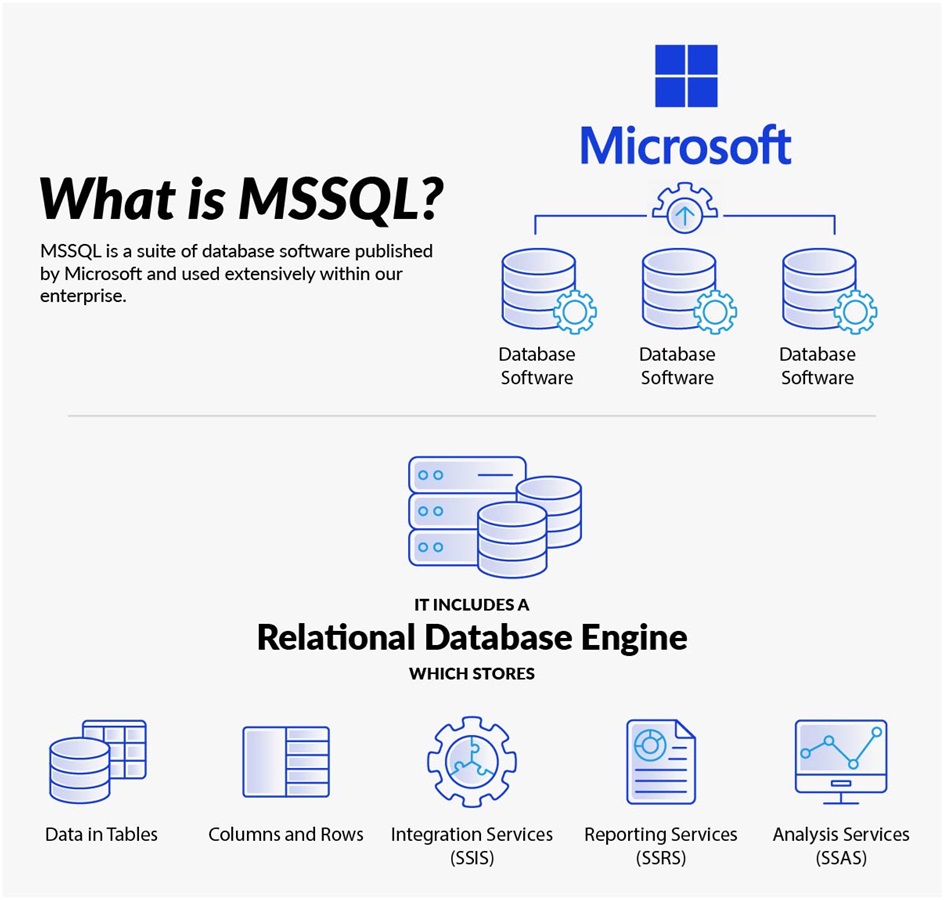
Microsoft SQL Server is a popular proprietary relational DBMS used by organizations ranging from small companies to large enterprises. This database showcases modern features like in-memory technology, real-time analytics, and integrated machine-learning functionality. It smoothly integrates with other Microsoft products and presents outstanding performance for business-critical applications.
Features
-
Comes in different editions with different features
-
Suitable for breaking down data silos
-
A popular choice for analytics, transaction processing, and business intelligence purposes
-
High-tech security and authentication features
4. PostgreSQL
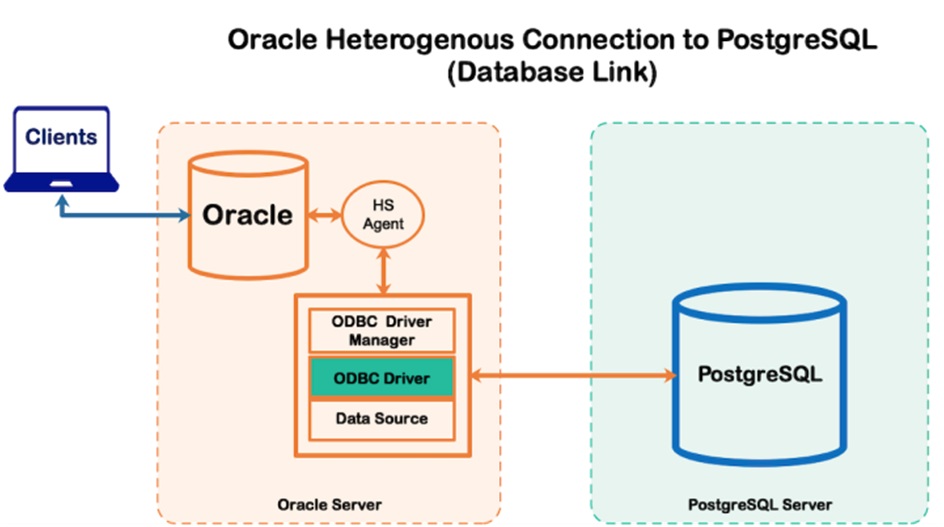
PostgreSQL is a free and open-source relational DBMS that supports SQL and JSON queries. It offers a high level of customization and a very supportive community of users, making it the number-one choice for developers and enterprises alike. It is a powerful tool with many premium functions, including JSON support, full-text search, and geospatial data.
Features
-
Offers advanced data modeling with query optimization capabilities
-
Suitable choice for application handling complex data processing tasks
-
Highly compatible with other tools and applications
-
Strong adherence to SQL standards
5. MongoDB
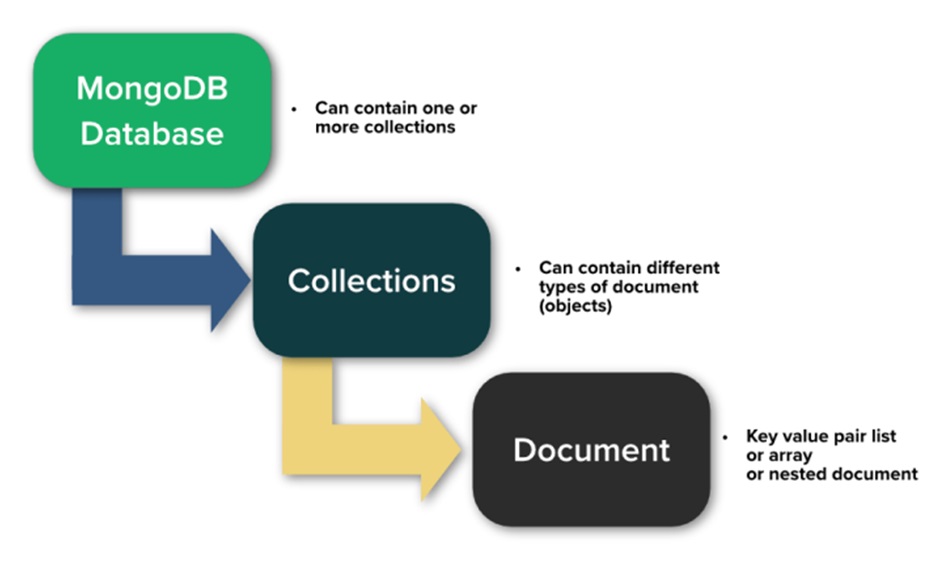
One of the most popular NoSQL database management systems (DBMS) that works well with both semi-structured and unstructured data is MongoDB. This is a source-available, document-oriented, cross-platform database program that allows you to store documents and scale them horizontally. It is a large-scale database suitable for applications that need real-time analysis, content management, and data processing for the Internet of Things (IoT).
Features
-
Offers fully automated scale provisioning
-
Supports management of complex multi-node clusters that are highly available by API calling
-
It has introduced the newest version, “Mongo DB Atlas”, which offers visualization monitoring and altering services on 80+ metrics to track the clusters’ health.
-
It assists in integrating with third-party monitoring solutions.
6. IBM DB2
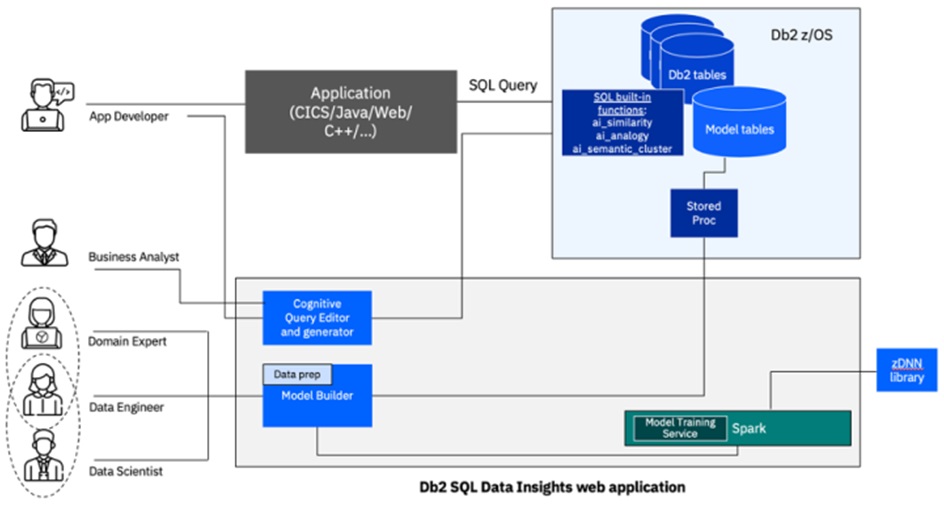
The powerful IBM DBMS DB2 is known for its high reliability, excellent scalability, and good security. It provides high-end functions, including in-memory data processing, workload optimization, and more advanced analytics capabilities. DB2 is demanded by enterprises in some industries, such as banking, health care, and telecommunications, that heavily rely on data management.
7. Amazon Aurora
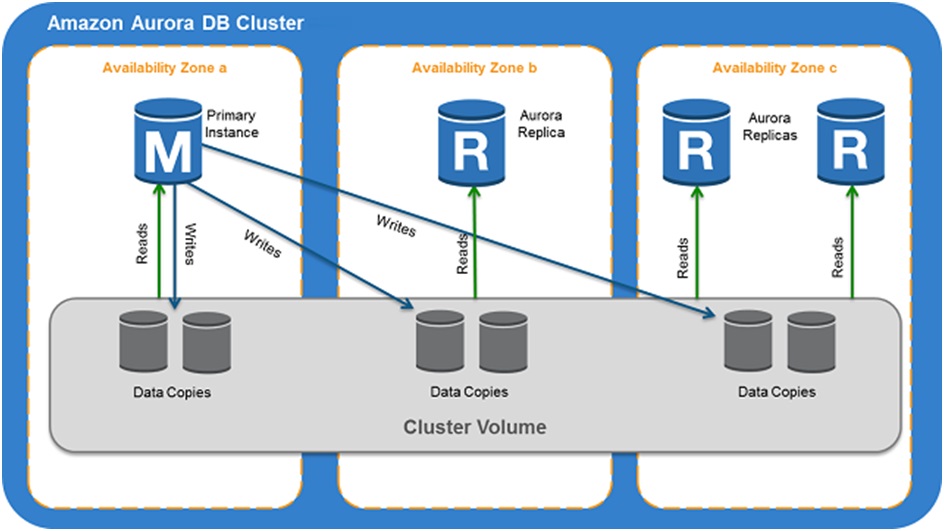
Amazon Aurora is a widely recognized relational database service provided by AWS. It provides high-level performance, scalability, and availability, making it a perfect fit for cloud-based applications. Aurora runs on MySQL and PostgreSQL and is a default migration path for in-use applications. Its serverless design and automatic scaling render it a budget-friendly option suitable for companies of any size.
8. MariaDB
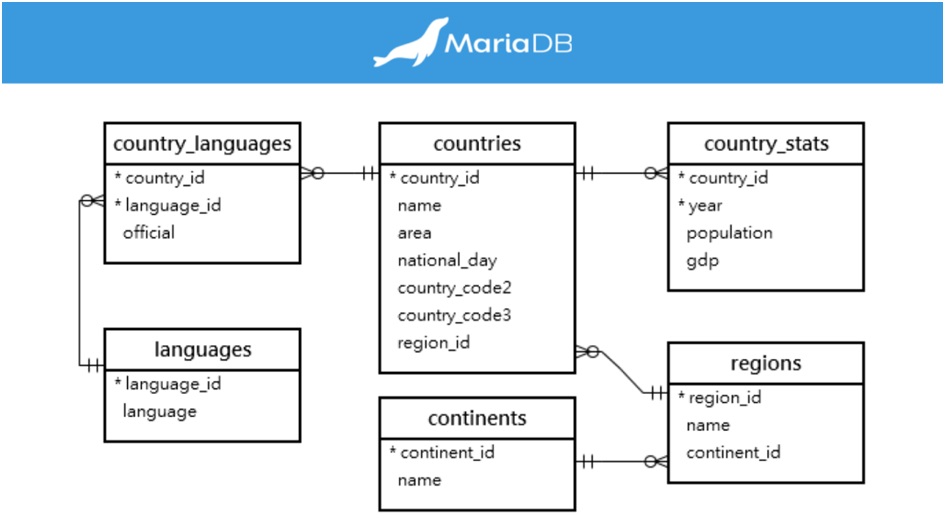
MariaDB is an open-source DBMS that is a branch of MySQL. It is characterized by increased performance, scalability, and security capabilities much more than its predecessor. MariaDB supports MySQL, which will help to transfer applications without difficulties. It is largely taken as one of the tools that developers and organizations, which need good community support and quality assurance, use.
9. SQLite
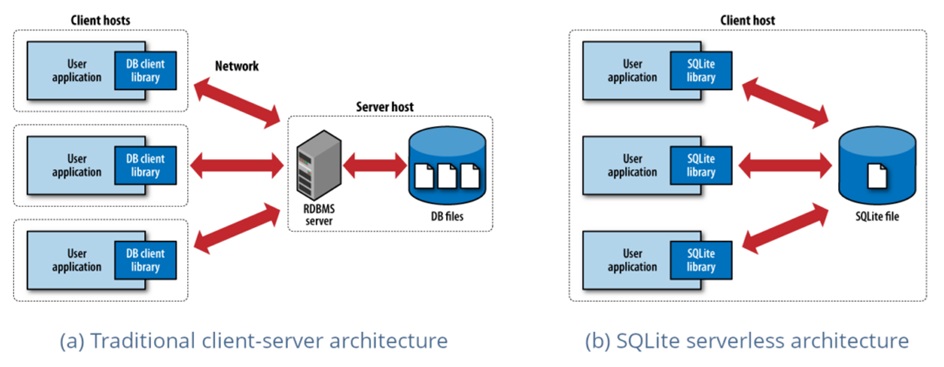
SQLite is a lightweight DBMS that is embedded within applications. It is famous for its easy usage, efficiency, and low requirement of living space. Many mobile and IoT facilities usually face the issue of resource constraints, which makes SQLite the database of choice. Moreover, it is lightweight and gives you the strength to use it in transactions, full-text search, and encryption.
10. Teradata
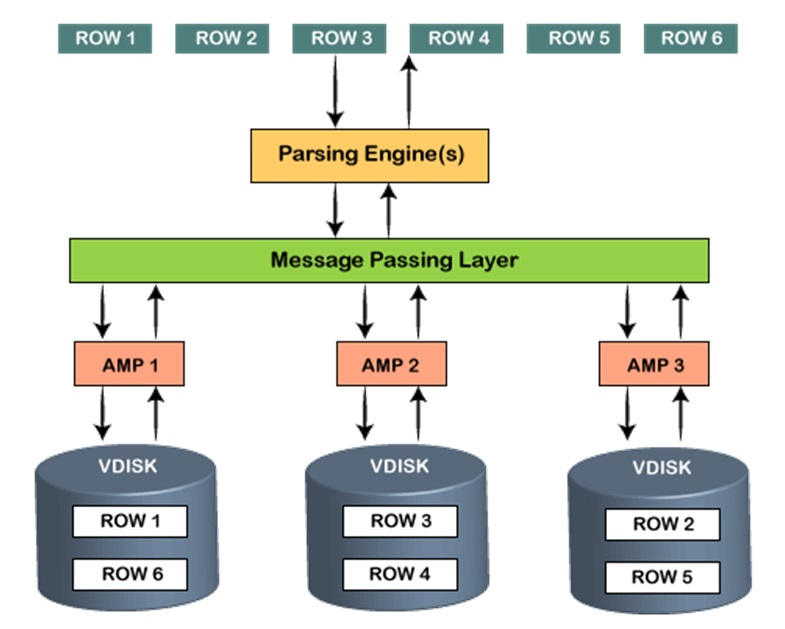
With the most scalable and maintainable database for your data warehouse, Teradata Database provides a highly adaptable analytical engine. Teradata provides a parallel processing architecture that performs on big data volumes with great speed. Due to its high-end performance and widest choice of deployment options, it is generally implemented by enterprises in retailing, finance, and telecommunication; for instance, used to build data warehouses and for advanced analytics.
11. SAP HANA
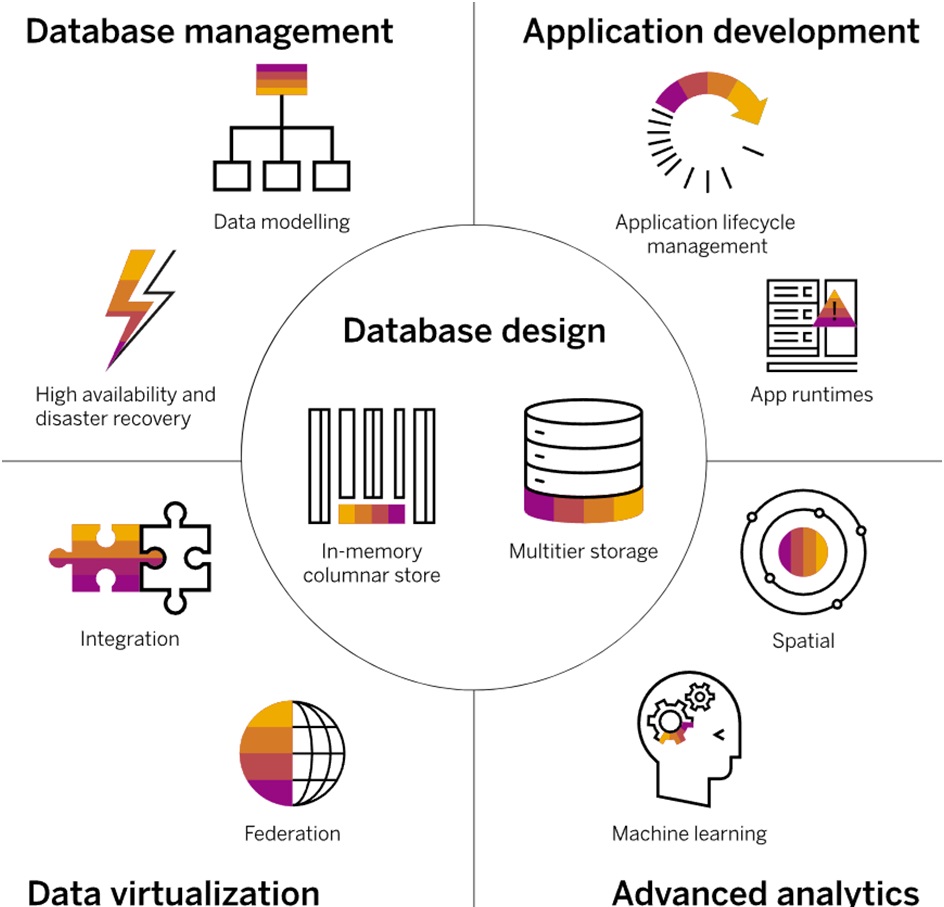
SAP HANA is an in-memory, column-oriented, relational DBMS that is intended to process and analyze real-time data. It assures high data access speed, advanced analysis possibilities, and integration with other SAP products. It empowers companies with live data to make faster decisions and increase the productivity of the business. Hence, it is considered as one of the favorite tools of business entities in sectors like production, logistics, and financial industries.
12. Informix
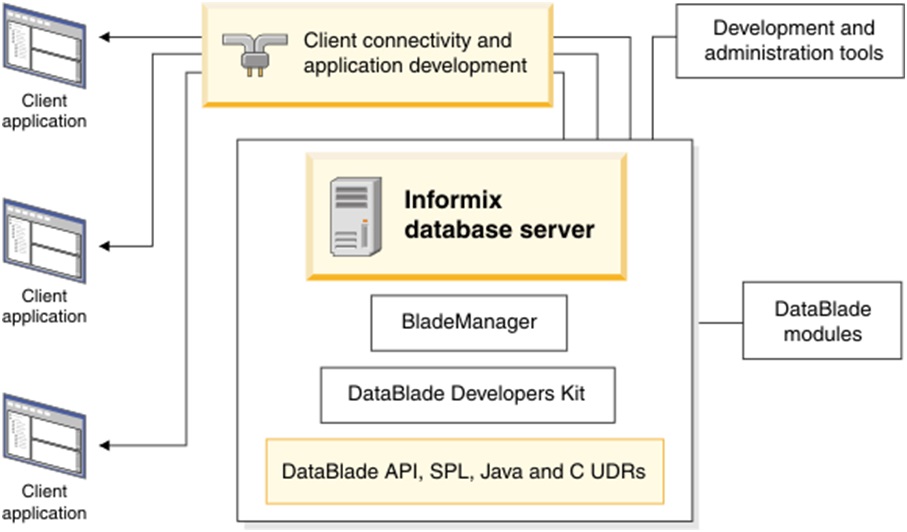
Informix is a high-performing, reliable, and scalable Object-Relational DBMS, which is what makes it stand out. It is part of the IBM family and provides features that include enterprise replication, high availability, and several programming languages. Informix is popular not only in finance, healthcare, and telecommunication enterprises but also in systems that require solid and scalable data management solutions.
13. Redis
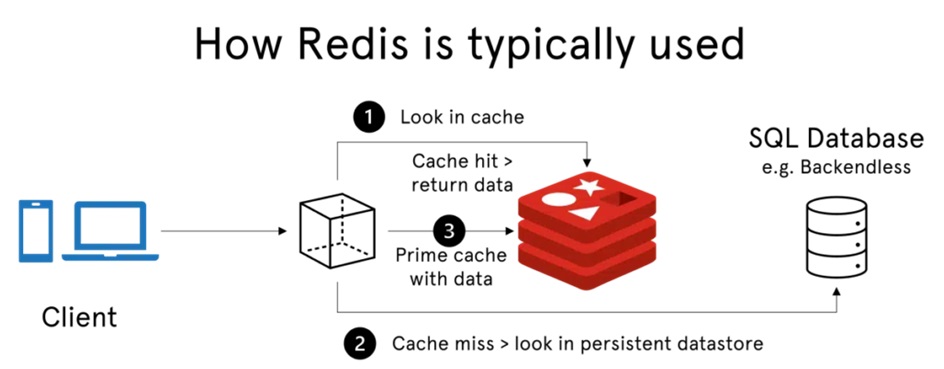
Redis is an in-memory data structure store that serves as a message broker, cache, and database management system (DBMS). It is recognized for its extraordinary performance, ease of use, and wide variety of options. Redis supports several different data structures, such as string, list, set, and hash. It is widely deployed in situations requiring real-time analysis, caching, and PUB/SUB messaging.
14. Apache Cassandra
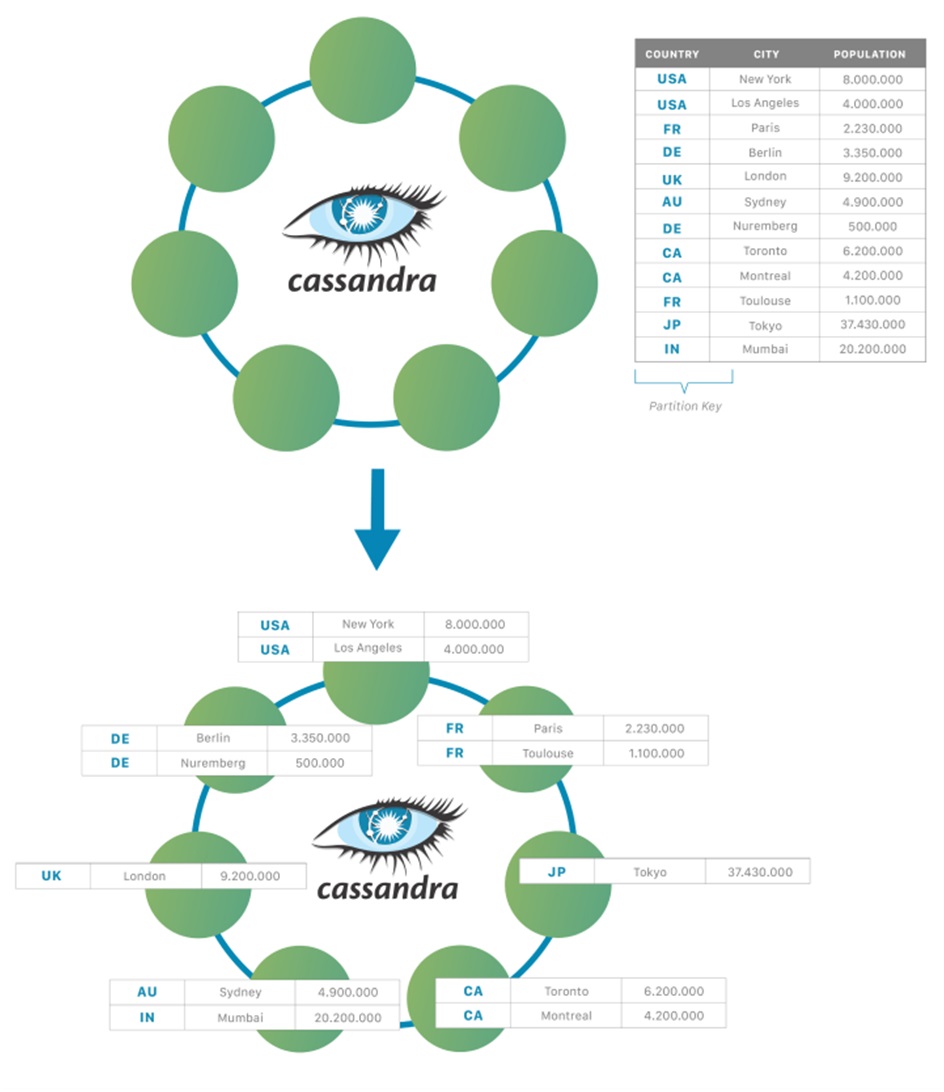
Apache Cassandra is a distributed DBMS that is developed to achieve a high level of scalability, reliability, and availability. It has high bandwidth and can handle large amounts of data to multiple nodes. With the extensive use cases in applications where rapid data ingestion, time-series data management, and large-scale data processing are crucial, Cassandra has been widely adopted.
Neo4j
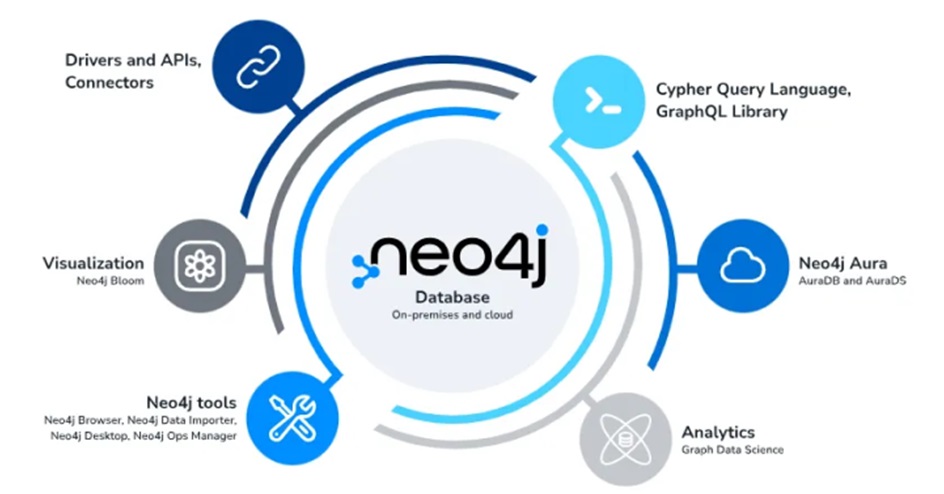
Neo4j is a graph DBMS that offers a high level of efficiency in processing data with many connections. It provides a powerful graph-based data model and query language that allows one to traverse and analyze data quickly and efficiently. Neo4j is widely used in applications such as social networks, recommendation systems, and fraud detection, where the relationships between data entities are of major concern.
Explore into the latest in relational databases, NoSQL or cloud-native DBMS platforms?
Write for us on technology tools and guide developers community navigating modern data management.
A database management system (DBMS) is a key component in the data management process. The world's top 15 DBMSs used in 2024 provide a wide spectrum of features and serve various data management necessities. Organizations must consider their specific needs and pick the suitable DBMS that matches their goals and objectives. With the help of the rightly chosen DBMS, businesses can tap into the excellent capabilities of their data and become leaders in the data-driven world today.
While choosing the right DBMS is essential to storing the web application data, it is necessary to choose the right web hosting solution that will host your website. Visit Oxytrys today and find a suitable web hosting plan for your website with 99.9% uptime guaranteed and DDoS protection.